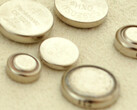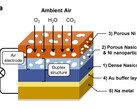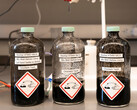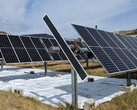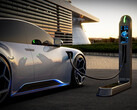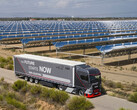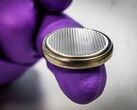The battery requires two things: electricity from renewable energy sources and CO2 from a power plant using fossil fuels or from the chemical industry. When the electricity is fed back into the grid, the CO2 is simultaneously bound as a solid and can then be used for other purposes.
The two electrodes are located in salt water. The captured CO2 is added, from which a powder is formed when the electricity is released, which settles at the bottom of the battery. In addition, only a catalyst made of an iron-nickel alloy is to be used.
The system is designed as a stationary storage unit, which has the advantage that there is no need for a closed system. Accordingly, the costs are expected to be comparatively low. In addition to the simple design, this is also due to the fact that only widely available and inexpensive materials are used for the development.
The main problem at present would be the limited period of time in which the energy can be stored without significant losses. However, it would rarely take more than 24 hours to use the batteries as a useful buffer in the power grid.
Nevertheless, a second type is currently being developed. This aluminum CO2 battery can store electricity for 600 hours without losses, at least in laboratory tests. That would be 25 days, and certainly more than enough time to bridge even a prolonged lull.
In addition, twice as much CO2 is absorbed as from the sodium battery. The current problem here is that, unlike the Na-CO2-battery, it has not yet been possible to design them in a size that is useful for power grids.





